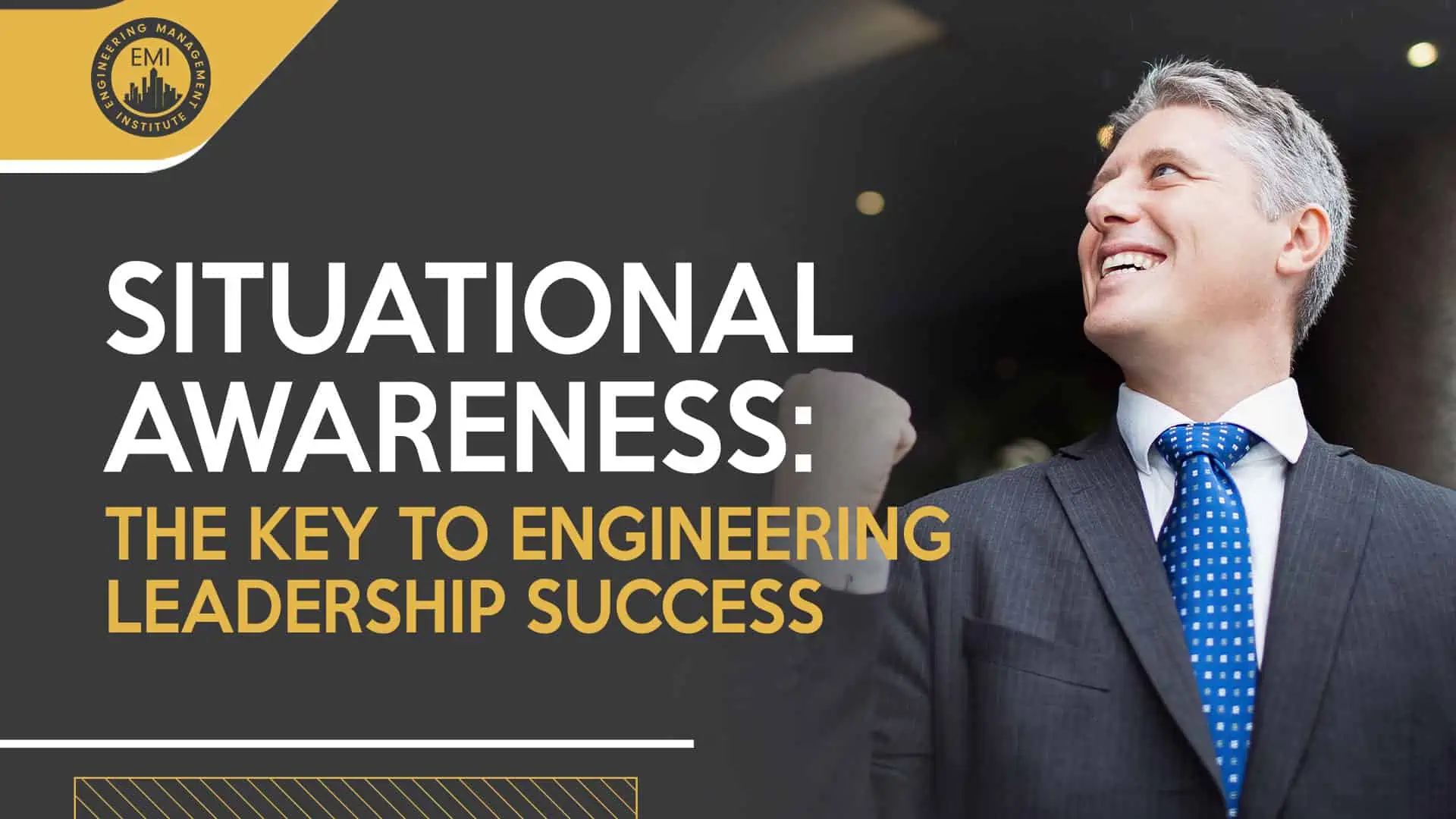Image by katemangostar on Freepik
Jameson Taillon, a pitcher for the New York Yankees, recently posted his first win in two years. For someone whose career has been rattled by adversity, including multiple arm surgeries and a bout with cancer, it was a special moment. (UPDATE: Please note Taillon was on the New York Yankees when this article was originally published, and is now on the Chicago Cubs).
However, in listening to his post-game interview, it was something other than his story that caught my attention. He had a very rough start to the 2021 season, his first as a Yankee. He’d been hit pretty hard in his previous outings. So, in talking about his first win, what impressed me was hearing him speak intently about the importance of situational awareness.
Prior to his first win, he had gone back and reviewed the game tapes from the previous outings this year, and his study as well as the statistics gave him an important piece of information. He was terrible when facing batters with two strikes. In fact, he had given up more hits than any other pitcher in all of Major League Baseball that year against hitters with two strikes.
For those of you who aren’t baseball fans, when a hitter has two strikes against them, the pitcher usually has the advantage, and more times than not wins the battle.
Once Taillon identified this weakness, he focused aggressively on improving in that specific area. So, in the game that he won, any time he had two strikes on a hitter, he recognized it, took some additional time between pitches, and was really intentional about the pitches he made in those situations.
I have provided executive coaching to many engineering managers and executives. Most of them have a pretty good understanding of where their weaknesses lie, and if they don’t, I can usually help them to identify them through conversations with their staff. However, as Taillon has displayed, identifying your weaknesses is only one step in the right direction. It is then imperative that you display situational awareness, so that when you are in a situation where these weaknesses may take over, you become hyper-aware of the situation so that you can overcome them in the moment.
For example, let’s say that I am keenly aware that one of my communication flaws is that I cut people off when they talk. Once I recognize that, I then have to be aware enough during conversations to catch myself — or create a strategy for doing so.
I might use the “listen for silence” strategy that we teach in our Engineering Leadership Accelerator – People Skills Course when engaged in conversation to make sure I am not cutting people off.
The bottom line here is that very successful people are NOT great at everything, but they usually can identify where they fall short and create strategies that allow them to eliminate these shortcomings in real-life situations to generate greater results each time they experience them.
Congratulations to Jameson Taillon for a well-deserved win and congratulations to those engineering leaders who are committed to situational awareness and continuous improvement.
This article was originally posted on LinkedIn here.
How are you helping the leaders in your engineering organization lead people effectively? Are you making this an important goal in the development of your greatest asset, your people?
At the Engineering Management Institute, we have a full suite of people skills development programs focused on just this. If you’re interested in discussing how our Engineering Leadership Accelerator People Skills Course programs might fit into your organization’s development plans, feel free to message or call me directly at 800-920-4007.
I invite you to PLEASE SHARE strategies, in the comments below, that you have used to better your situational awareness.
Anthony Fasano, PE, LEED AP
Engineering Management Institute
Author of Engineer Your Own Success





